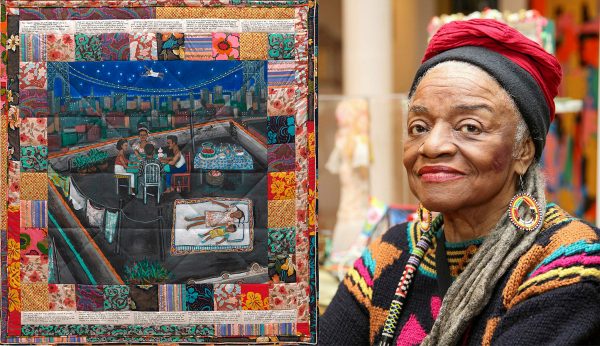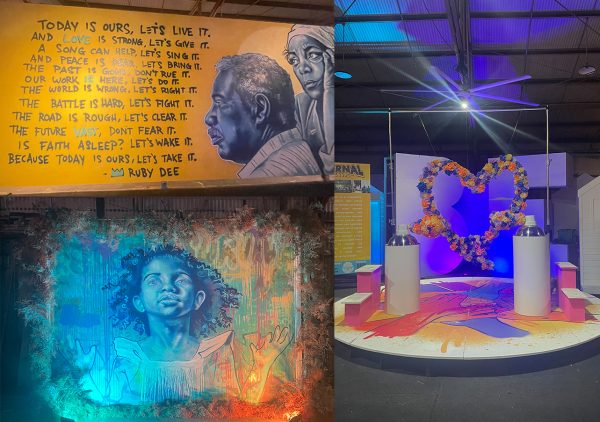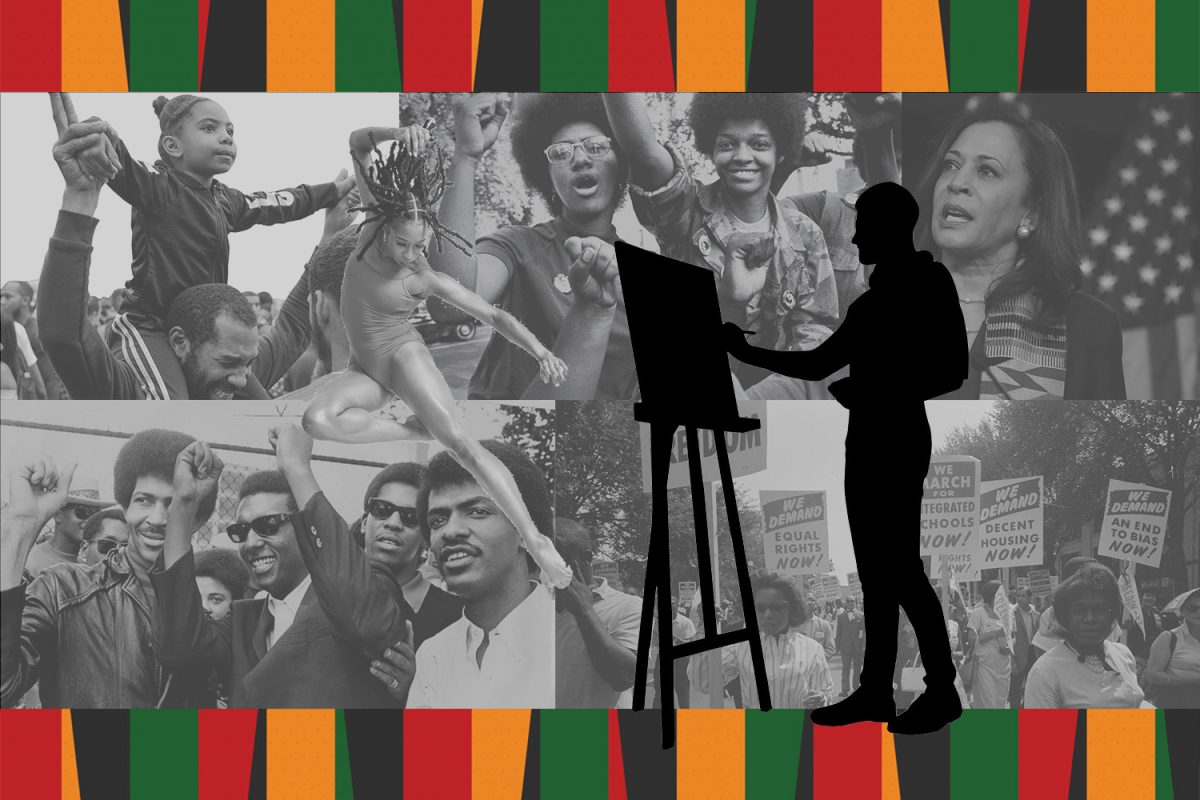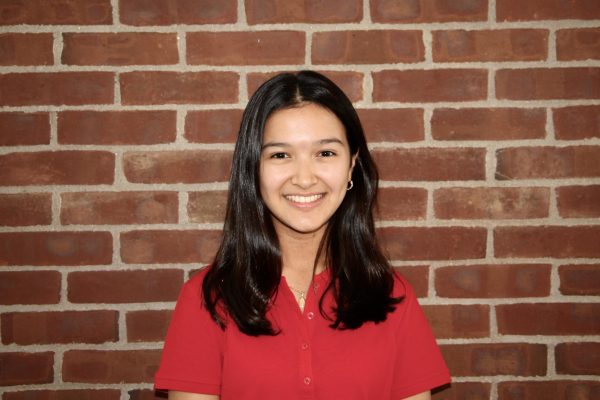How do people commemorate culture? For visual artists, the answer to this question is creation. A painter shakes a spray can; a designer sketches a figure; a sculptor crafts a compelling scene. Art can memorialize traditions, history, suffering, and dreams. The 2024 Black History Month theme is a celebration of African Americans and the Arts. As February draws to a close, the King Street Chronicle spotlights creative expressions of Black culture spanning from the spiraling rotunda of New York City’s Guggenheim Museum to the sunny streets of New Orleans, Louisiana.
The Guggenheim’s Going Dark: The Contemporary Figure at the Edge of Visibility exhibit features the work of 28 artists, most of whom are Black or female. As visitors and artists stroll between veiled figures and canvases, they explore the theme of concealment. The display, which opened October 20 and will remain on view until April 7, employs cloth drapes, stark contrast, and digital technology such as green and blue chroma key screens to alter visual perceptions, according to guggenheim.org.
The Going Dark exhibition sheds light on African American culture through pieces such as Ms. Faith Ringgold’s artwork. Ms. Ringgold is a Harlem-born civil rights activist. She conveys her support for Black and female rights through paintings, political posters, African tribal masks, and quilts. In the 1980s, she and her mother began to sew “story quilts.” This unique art form is particularly significant for Ms. Ringgold, who is the descendant of an enslaved woman who sewed quilts on a Southern plantation. The quilts use handwritten text and stitched imagery to convey messages of Black identity, hope, and family roots, according to guggenheim.org.

Ms. Ringgold’s story quilt Woman on a Bridge #1 of 5: Tar Beach (1988) depicts an eight-year-old girl who flies in the Harlem night sky, passing over the George Washington Bridge. Ms. Ringgold commented on this work’s proclamation of freedom.
“My women are actually flying; they are just free, totally,” Ms. Ringgold said, according to guggenheim.org. “They take their liberation by confronting this huge masculine icon–the bridge.”
From canvases to charcoal to light displays, the Going Dark exhibit illuminates and recognizes the work of historically “hidden” populations. This month, other New York City museums have joined the Guggenheim in honoring the contributions of Black visual artists. The Metropolitan Museum of Art launched the exhibition The Harlem Renaissance and Transatlantic Modernism February 25. A few blocks down 5th Avenue from the Met, the Museum of Modern Art’s Black Power Naps installation welcomes audiences from January 19 through May 14, exploring the link between fatigue, oppression, and aspirations, according to moma.org.
The celebration of African Americans and the Arts spans beyond Manhattan. Eleven students and three faculty chaperones from Sacred Heart Greenwich traveled to New Orleans from February 14 through 18. While engaging in outreach such as food preparation and distribution, the travelers also immersed themselves in the city’s heritage. The group visited the StudioBE art warehouse, a New Orleans landmark dedicated to creativity, community, and Black culture. Junior Lily Carroll spoke about her experience at the site, reflecting on the artwork’s messages of history and hope.

“I felt a sense of awareness as I observed and experienced the StudioBE art museum,” Lily said. “The exhibits were striking, and I appreciated not just the art but also the messages behind the pieces. The pieces called upon a troubling history of the United States in its treatment of Black people but offered hope for a more equal world to come.”
StudioBE currently features two exhibitions: Ephemeral Eternal, a solo show by Mr. Brandan BMike Odums, and Radical Freedom Dream, a collective project that draws inspiration from local students ages eight through 18 and their dreams for the Black community, according to studiobenola.com. The gallery houses a multitude of media with interactive displays, spray paint murals, and sculptures containing furniture, vehicles, and video screens. Lily shared how the exhibits deepened her understanding of artistic expression.
“The StudioBE museum enriched my perspective on the purpose and power of art as it combined the beauty of the art with history lessons, moral questions, and real-life testimonials,” Lily said. “A lasting impression of the artwork at StudioBE was that it is crucial to be aware of what members of your community have gone through or are currently going through. The museum called upon viewers to do their part in fostering inclusivity.”
Featured Image by Avery Kim ’24




